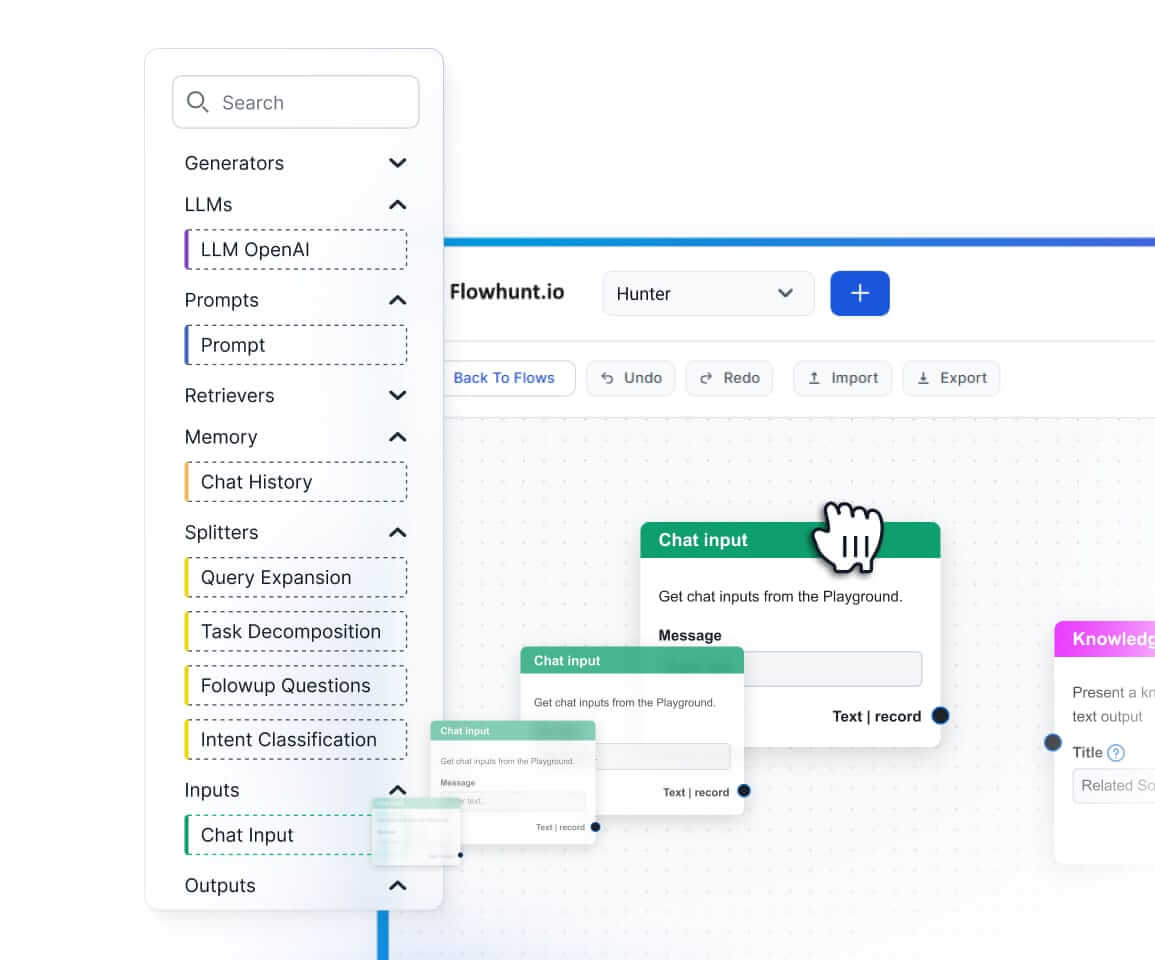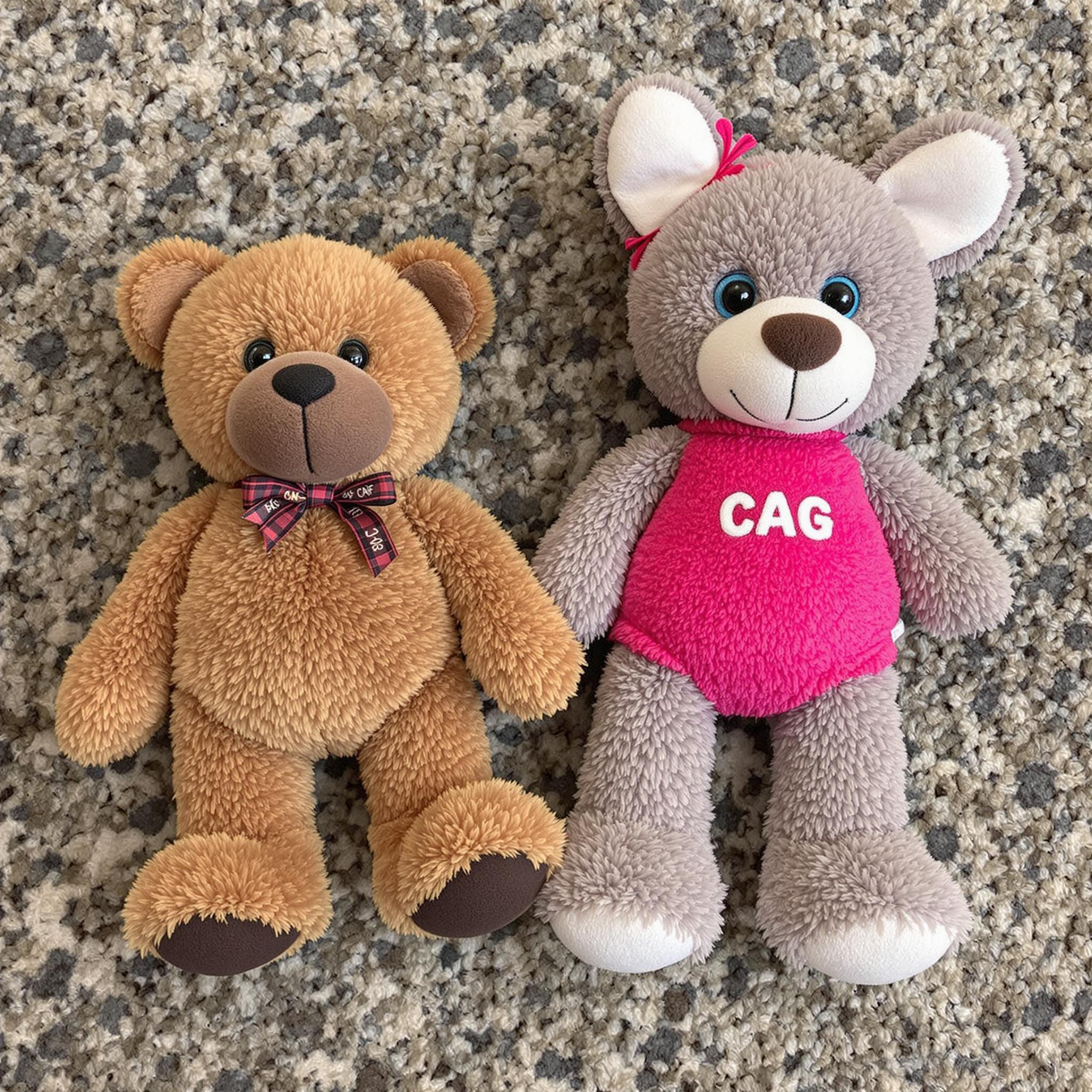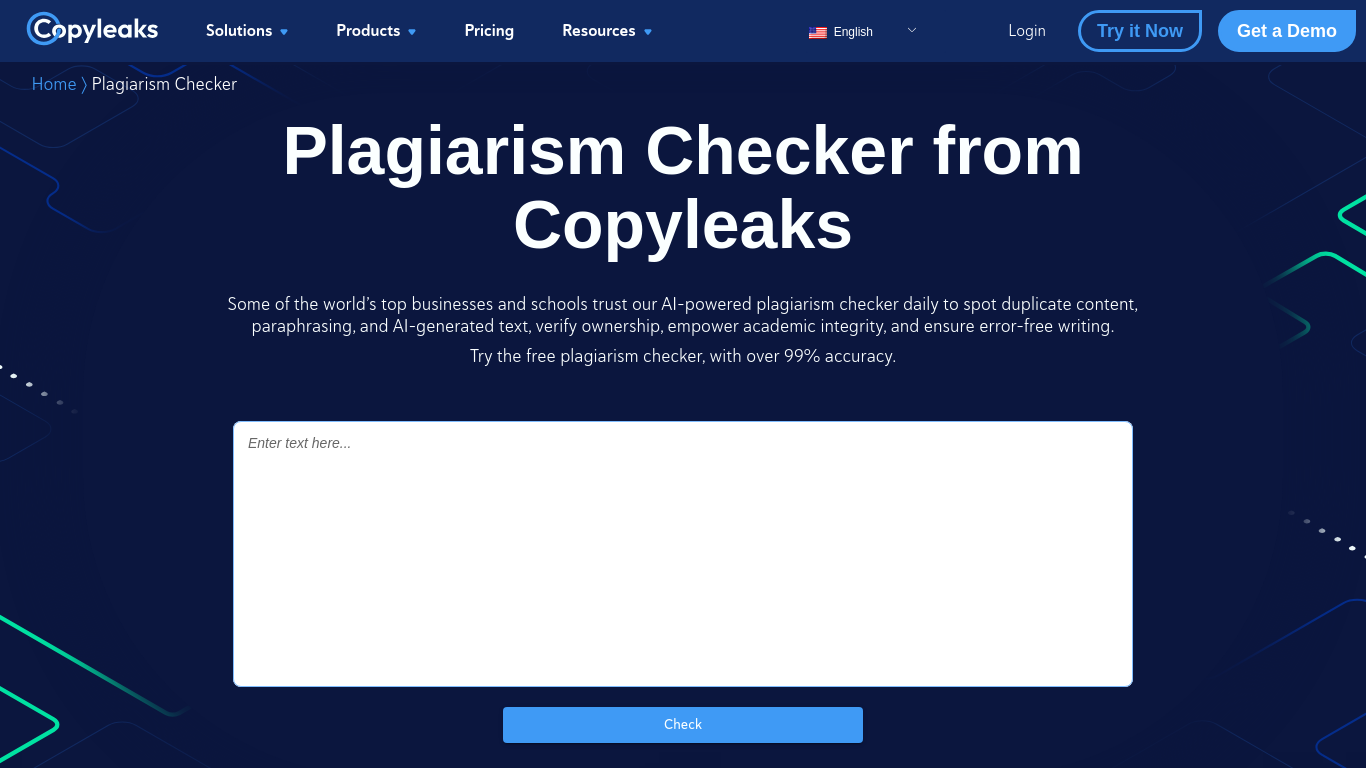
Retrieval Augmented Generation (RAG)
Retrieval Augmented Generation (RAG) is an advanced AI framework that combines traditional information retrieval systems with generative large language models (...
LazyGraphRAG enhances Retrieval-Augmented Generation by minimizing costs and dynamically generating data structures, making AI-driven retrieval tasks more scalable and efficient.
LazyGraphRAG is an innovative approach to Retrieval-Augmented Generation (RAG), specifically designed to optimize the efficiency and effectiveness of AI-driven data retrieval tasks. It combines elements of graph theory and natural language processing bridges human-computer interaction. Discover its key aspects, workings, and applications today!") to deliver high-quality query results without the prohibitive costs associated with traditional GraphRAG systems. By deferring the use of large language models (LLMs) until absolutely necessary, LazyGraphRAG minimizes upfront computational expenses, making it highly scalable and cost-effective. This “lazy” strategy allows for the dynamic generation of relevant data structures tailored to specific queries, reducing the need for extensive pre-indexing.
LazyGraphRAG is employed in scenarios where both local and global queries need to be addressed efficiently. Unlike traditional RAG systems, which require comprehensive pre-summarization of datasets, LazyGraphRAG operates on-the-fly. It builds lightweight data structures as queries are processed, using an iterative deepening search approach. This technique combines the strengths of best-first search, which focuses on immediate relevance, and breadth-first search, which ensures comprehensive coverage of the dataset.
LazyGraphRAG utilizes natural language processing (NLP) for concept extraction and graph optimization. This enables it to dynamically adapt to the structure of the data, extracting co-occurrences and relationships as needed. By employing a relevance test budget, users can control the trade-off between computational cost and query accuracy, effectively scaling the system according to operational demands.
LazyGraphRAG’s integration with AI and automation technologies enhances the capabilities of intelligent systems. By enabling efficient information retrieval and processing, it supports the development of more sophisticated AI models and chatbots. These systems can leverage LazyGraphRAG to provide users with accurate and contextually relevant responses, improving user experience and interaction quality. Additionally, its adaptable framework allows for seamless integration into existing AI pipelines, facilitating the automation of complex data analysis tasks.
A Survey on Graph Classification and Link Prediction based on GNN
This paper, authored by Xingyu Liu, Juan Chen, and Quan Wen, provides a comprehensive review of graph convolutional neural networks (GNNs). It emphasizes the limitations of traditional convolutional neural networks in handling non-Euclidean graph data, which is prevalent in real-life scenarios like transportation and social networks. The paper discusses the construction of graph convolutional and pooling operators, and explores GNN models using attention mechanisms and autoencoders for node and graph classification, as well as link prediction.
Graph Structure of Neural Networks
Authored by Jiaxuan You, Jure Leskovec, Kaiming He, and Saining Xie, this study investigates how the graph structure of neural networks influences their predictive performance. The authors introduce a relational graph representation where neural network layers correspond to message exchanges along the graph structure. Key findings include a “sweet spot” for improved performance, and insights into the clustering coefficient and path length’s impact. This work opens avenues for neural architecture design.
Sampling and Recovery of Graph Signals based on Graph Neural Networks
Siheng Chen, Maosen Li, and Ya Zhang propose interpretable GNNs for sampling and recovering graph signals. They introduce a graph neural sampling module to select expressive vertices and a recovery module based on algorithm-unrolling. Their methods are flexible and interpretable, leveraging GNNs’ learning capabilities. The paper also presents a multiscale GNN for various graph learning tasks, adaptable to different graph structures.
LazyGraphRAG is an innovative approach to Retrieval-Augmented Generation, combining graph theory and natural language processing to deliver high-quality, cost-effective AI-driven data retrieval. It dynamically generates relevant data structures per query, minimizing computational expenses and improving scalability.
Unlike traditional RAG systems that require comprehensive pre-indexing and summarization, LazyGraphRAG operates on-the-fly, building lightweight data structures as queries are processed. This reduces upfront costs and allows for more flexible, scalable, and cost-sensitive deployments.
LazyGraphRAG is ideal for exploratory data analysis, AI-driven knowledge extraction, real-time decision making, benchmarking RAG approaches, one-off queries, streaming data applications, cost-sensitive environments, and large-scale information repositories.
LazyGraphRAG leverages natural language processing for concept extraction and dynamic graph optimization, enabling it to adapt to the data structure and extract relationships as needed for accurate and relevant query results.
Yes, LazyGraphRAG enhances AI automation and chatbot capabilities by enabling efficient, accurate information retrieval and processing, which improves the quality of user interactions and supports complex data analysis tasks.
Smart Chatbots and AI tools under one roof. Connect intuitive blocks to turn your ideas into automated Flows.
Retrieval Augmented Generation (RAG) is an advanced AI framework that combines traditional information retrieval systems with generative large language models (...
Discover the key differences between Retrieval-Augmented Generation (RAG) and Cache-Augmented Generation (CAG) in AI. Learn how RAG dynamically retrieves real-t...
Question Answering with Retrieval-Augmented Generation (RAG) combines information retrieval and natural language generation to enhance large language models (LL...

